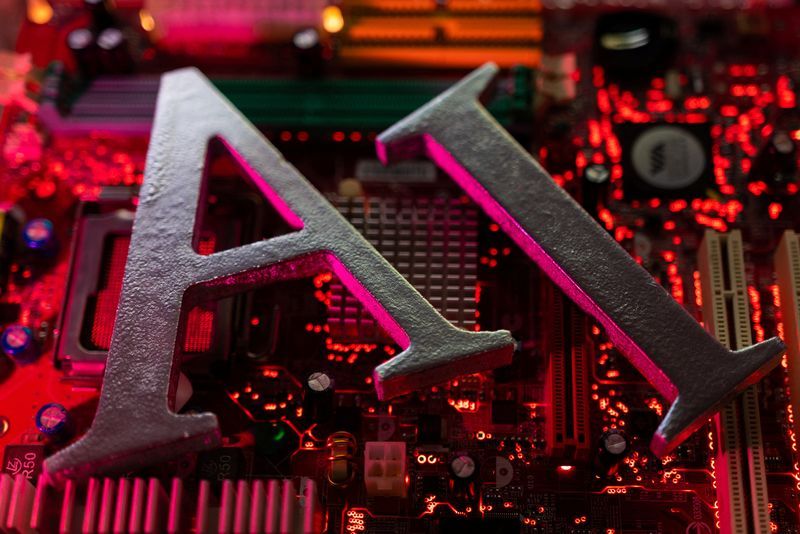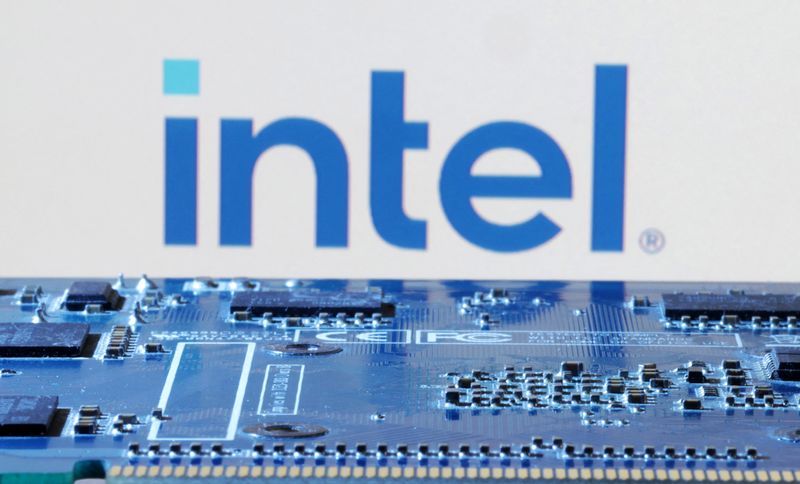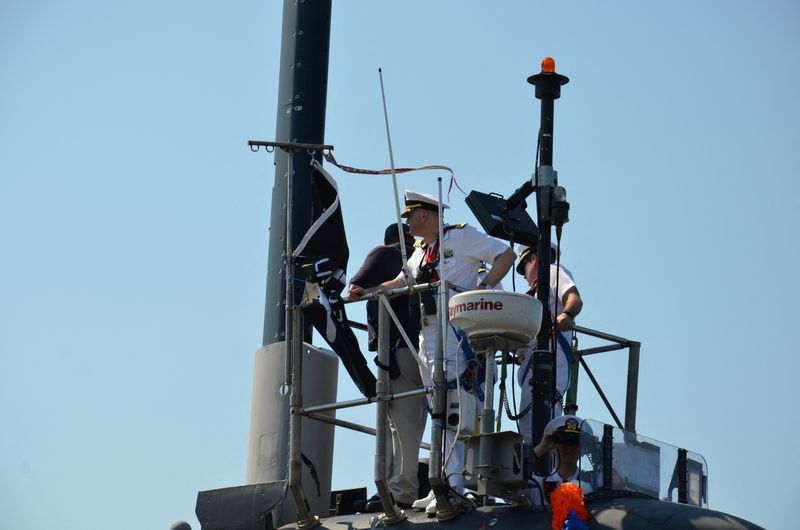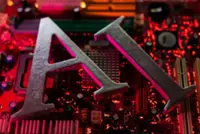
Most ECG devices depend on skin sensors, but a University of Science and Technology of China team has developed a contactless alternative. Radio wave scanner can detect cardiac motion and transform the data into electrical signals with 90% morphology accuracy, study says. — SCMP
Chinese scientists have developed a radio wave scanner that can detect the heart’s electrical activity from a distance, making remote monitoring of vital signs possible for the first time.
Regular ECG monitoring is known to play a crucial role in diagnosing and preventing heart disease. However, most such devices require sensors, or electrodes, which are placed on the patient’s chest area to record electrical signals from the heart.
Already a subscriber? Log in
Subscribe now and get 30% off The Star Yearly Plan
Cancel anytime. Ad-free. Unlimited access with perks.










































